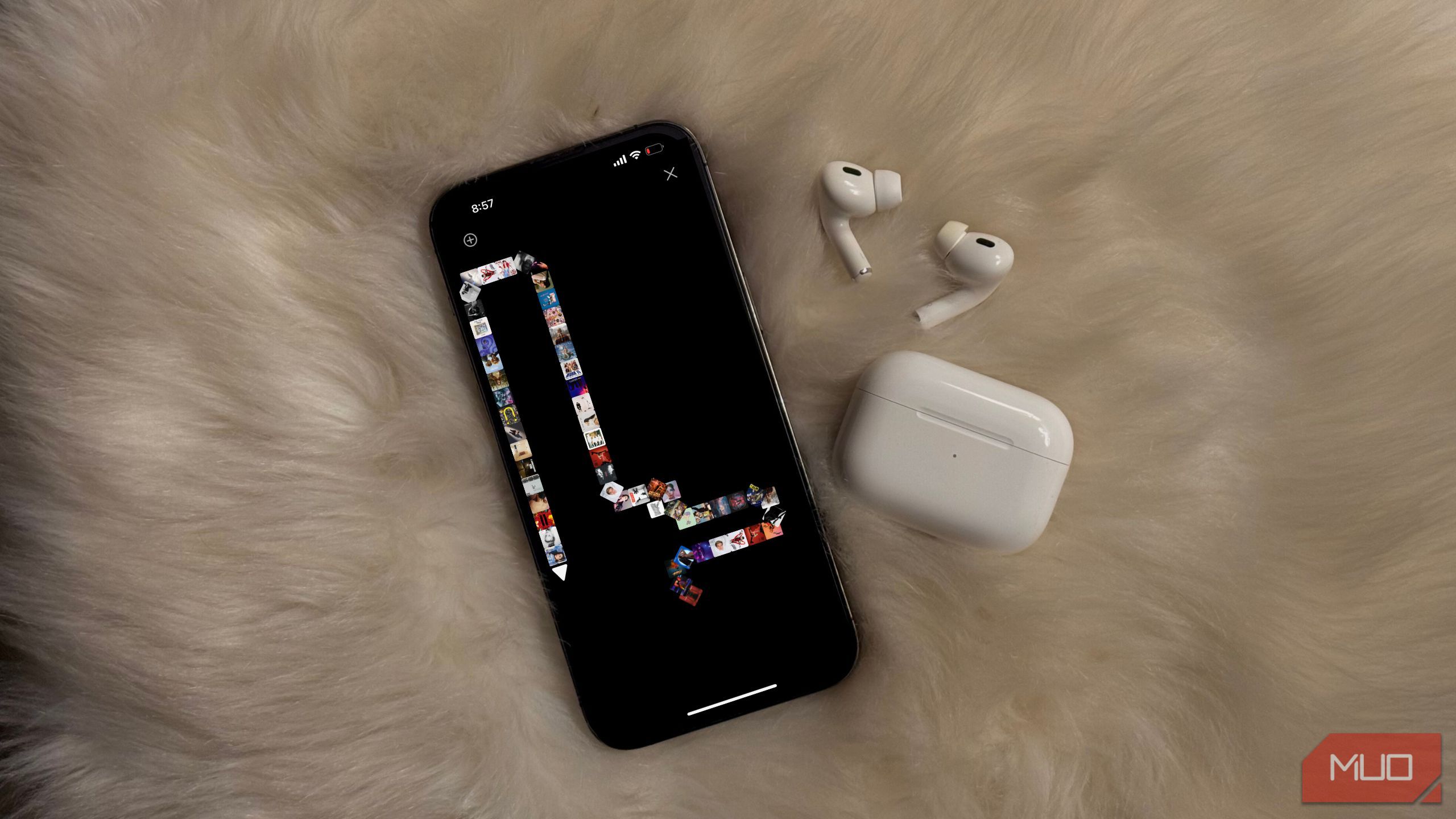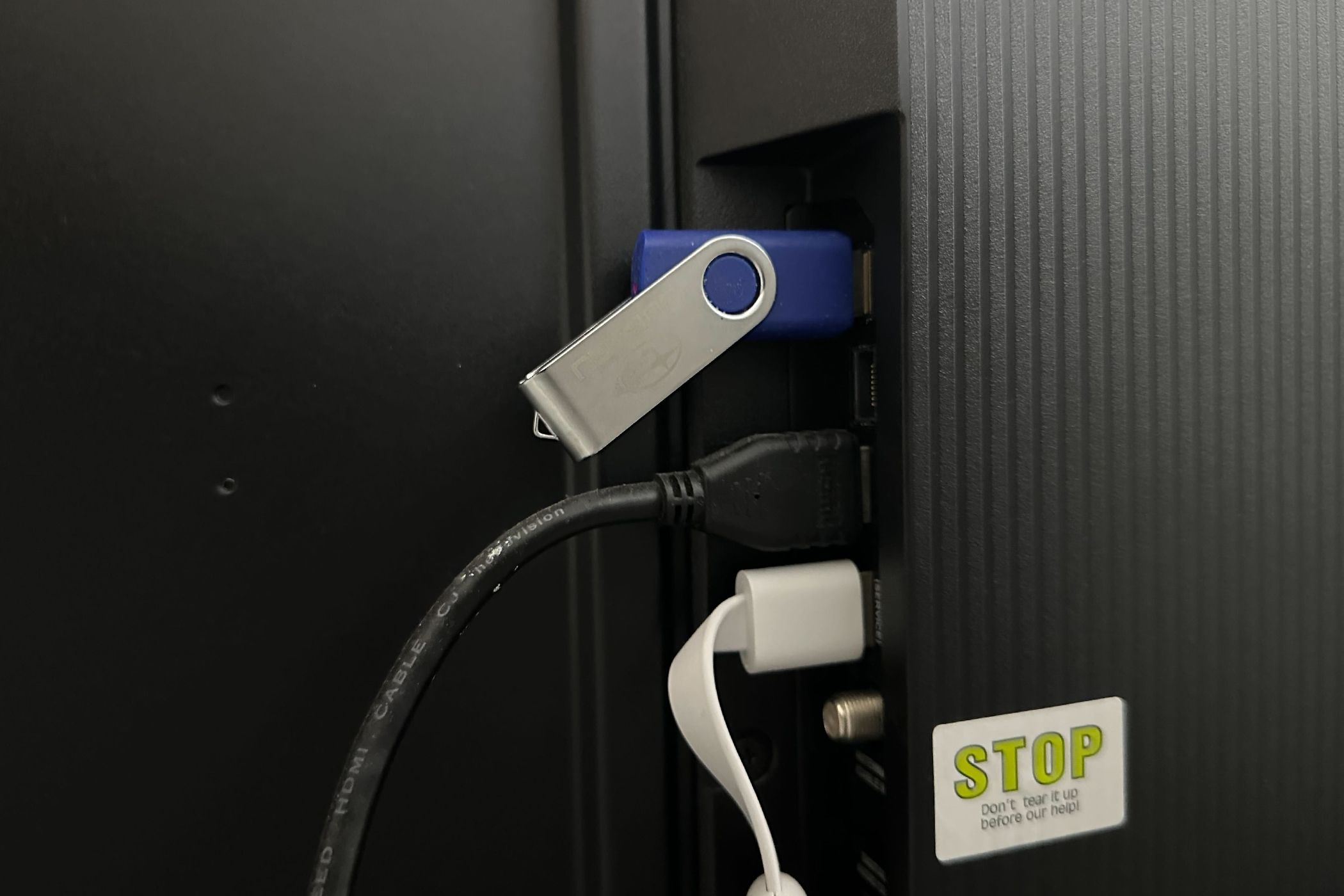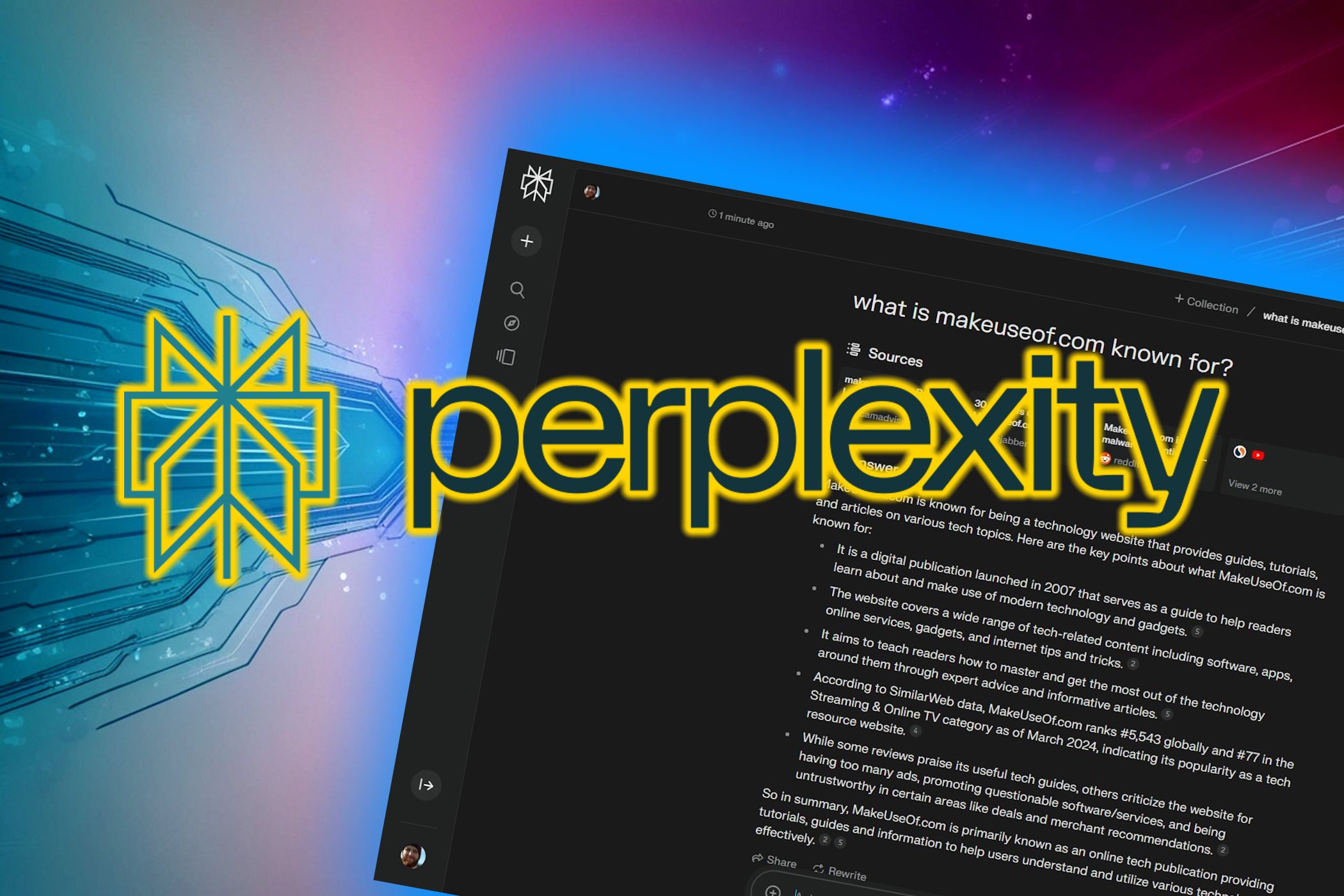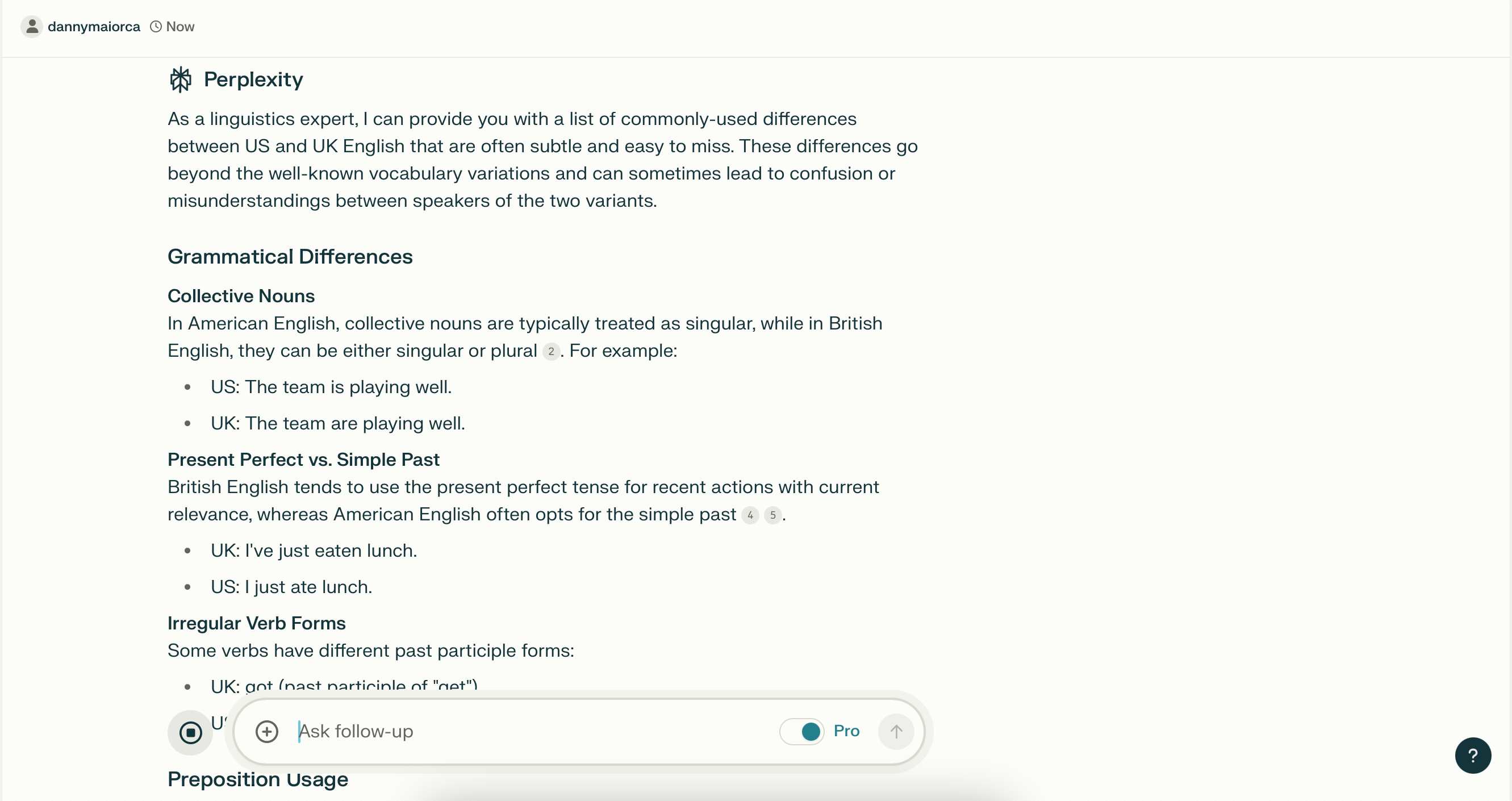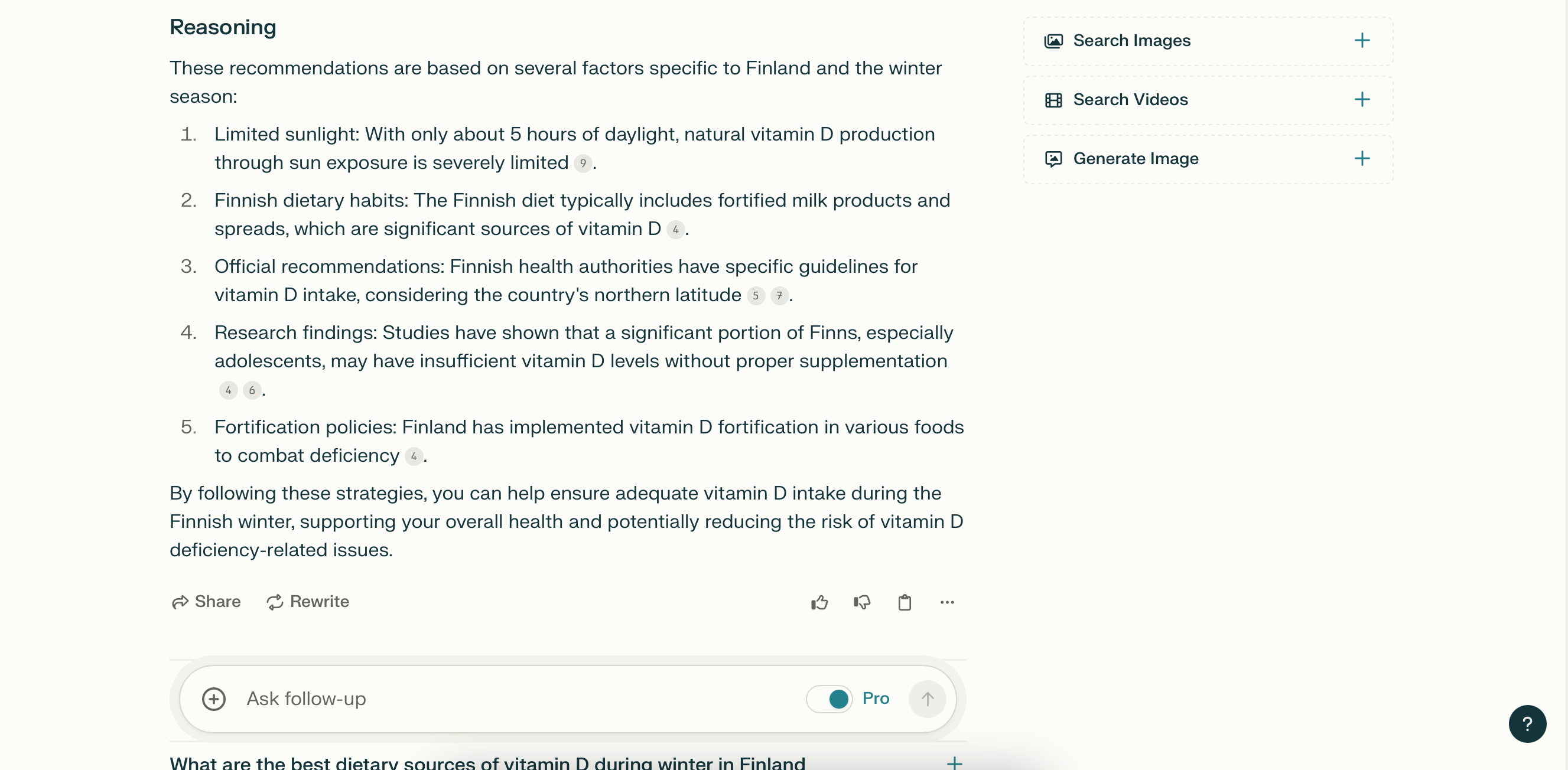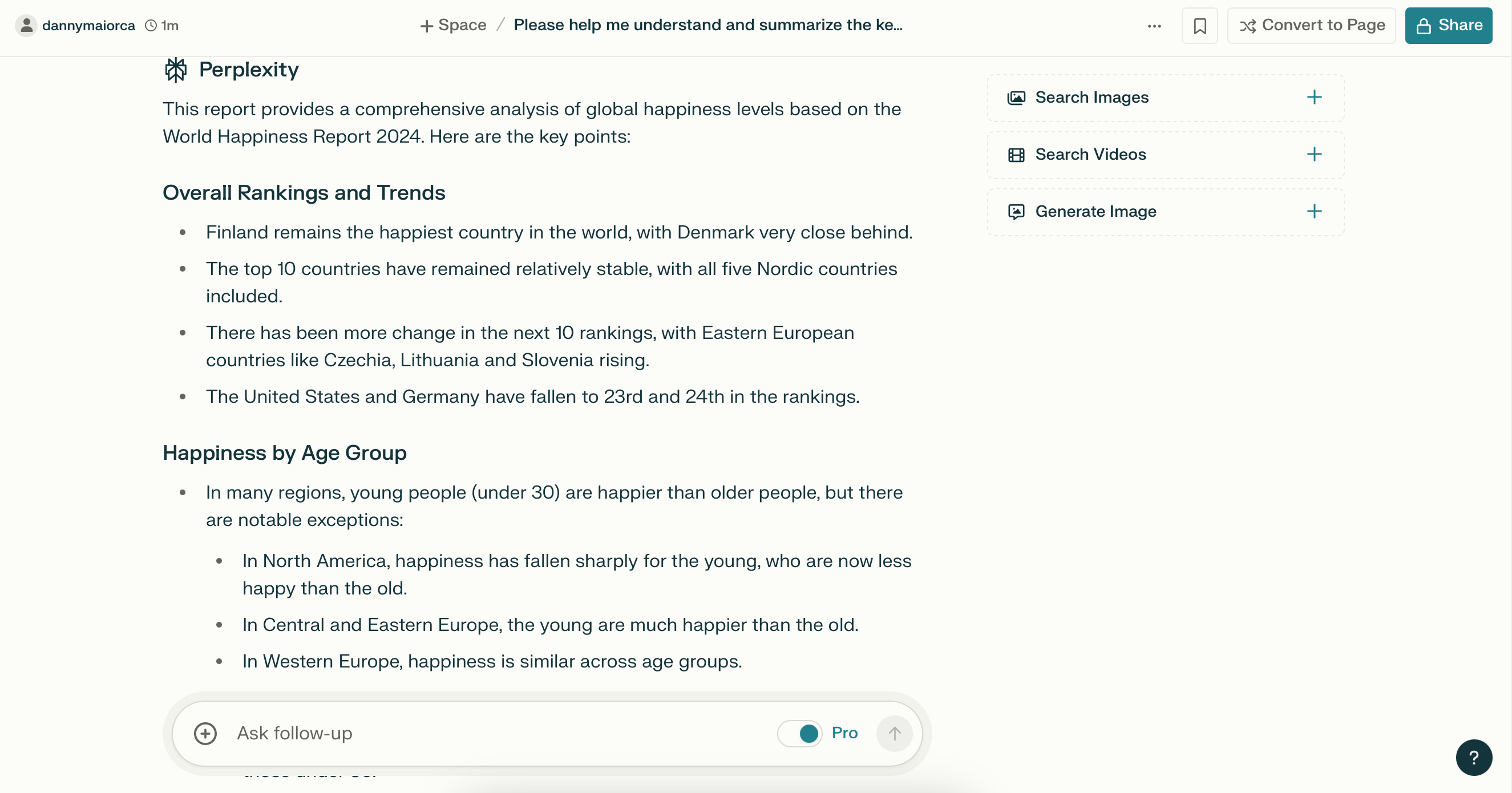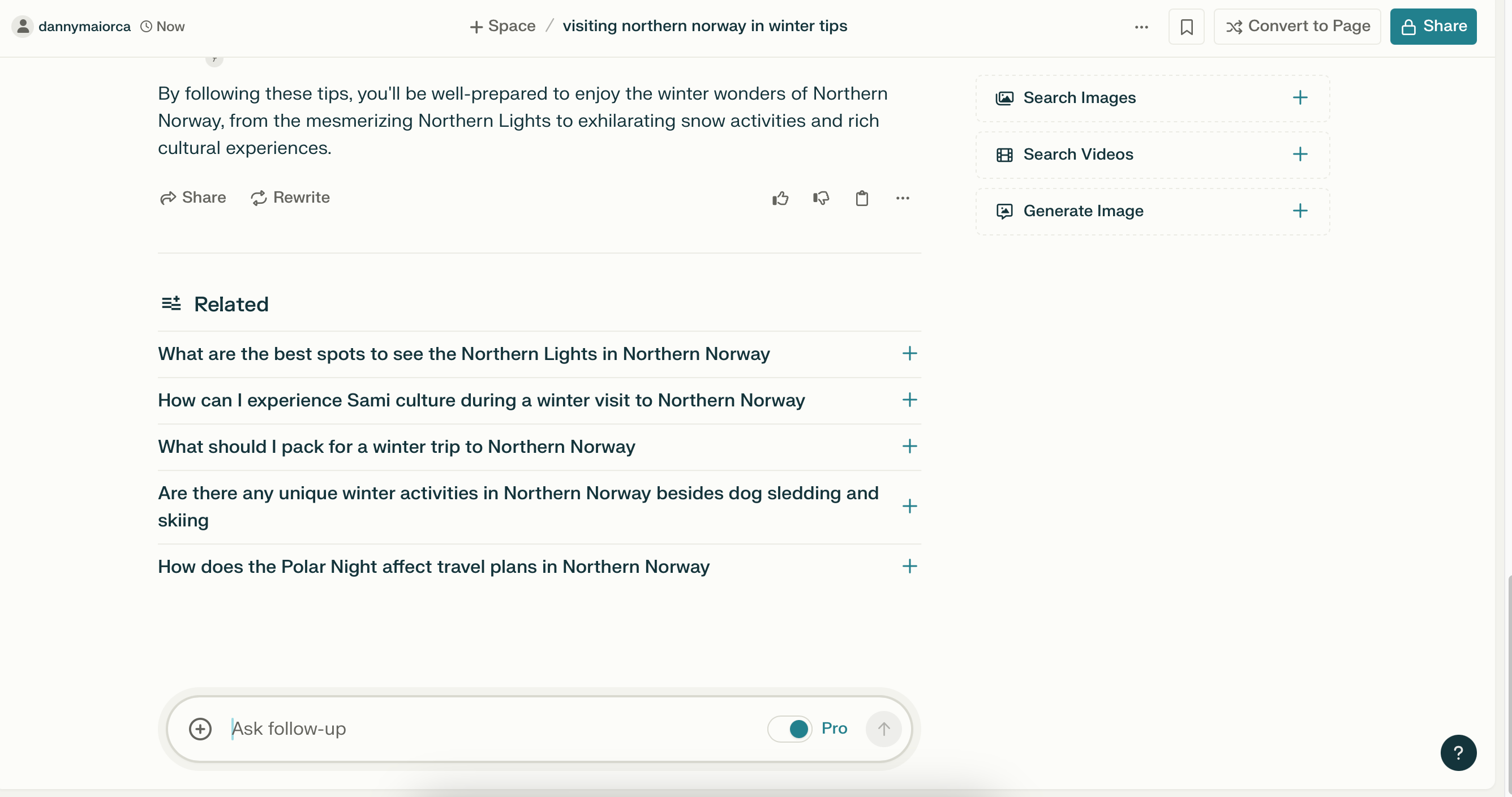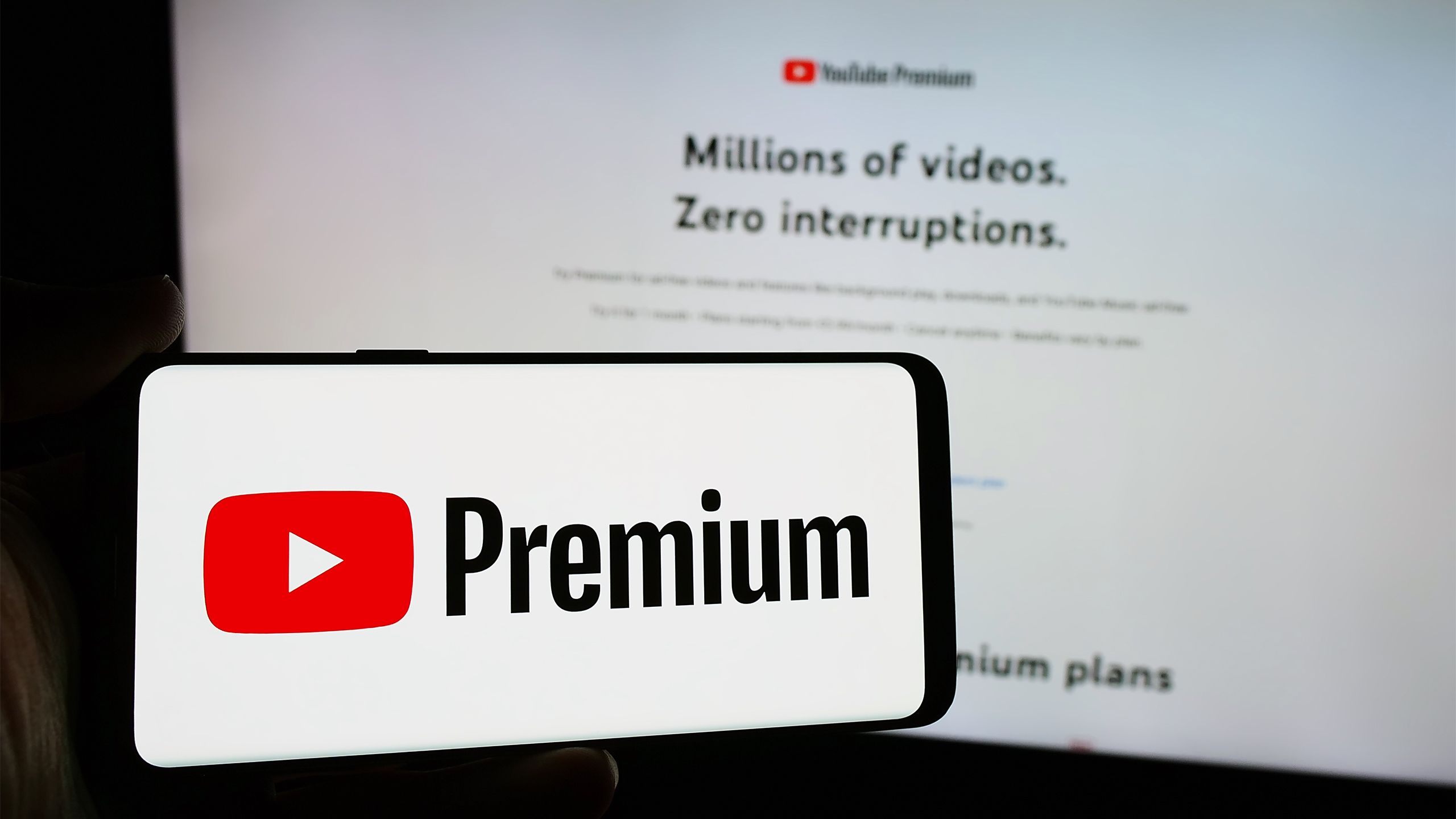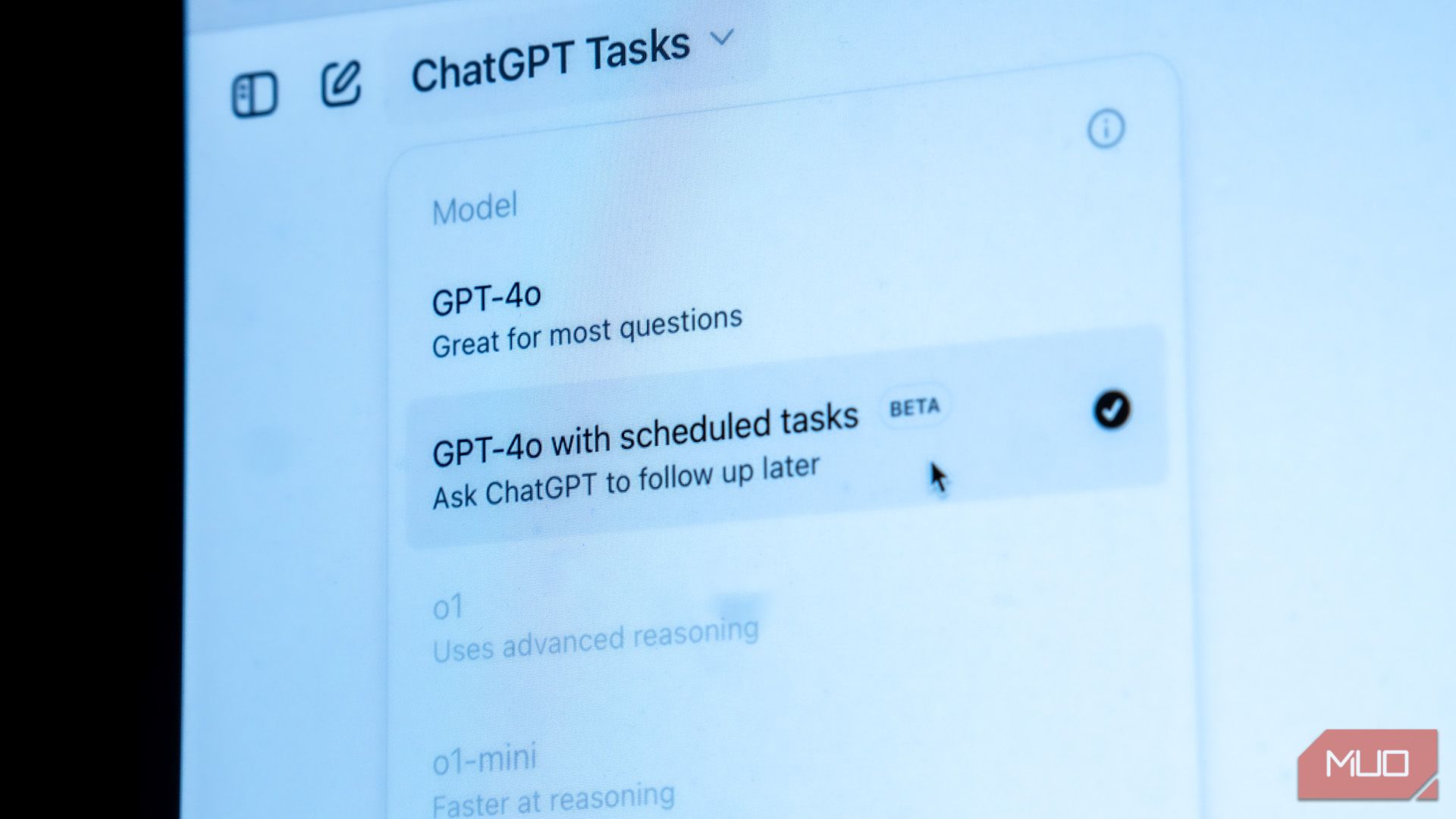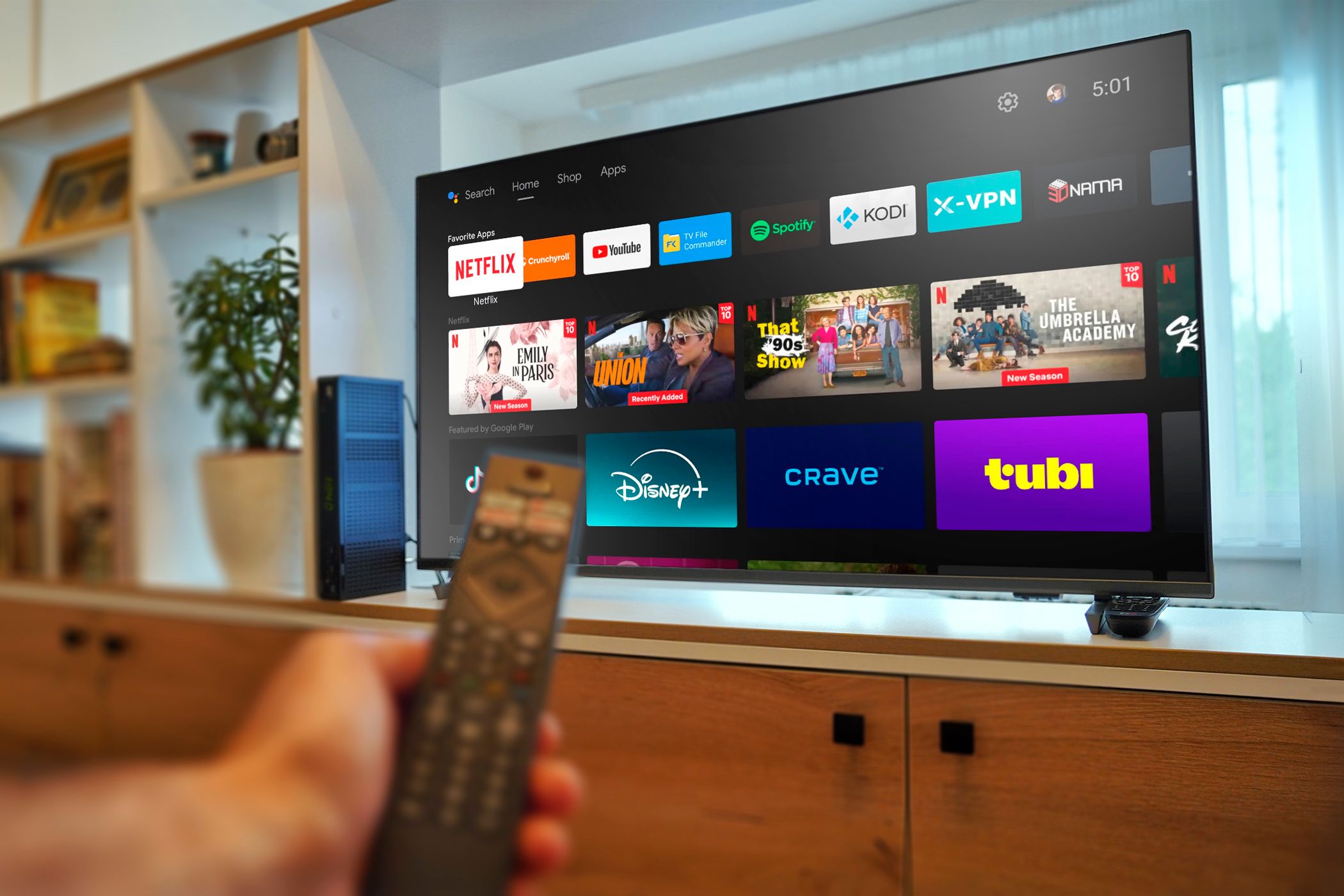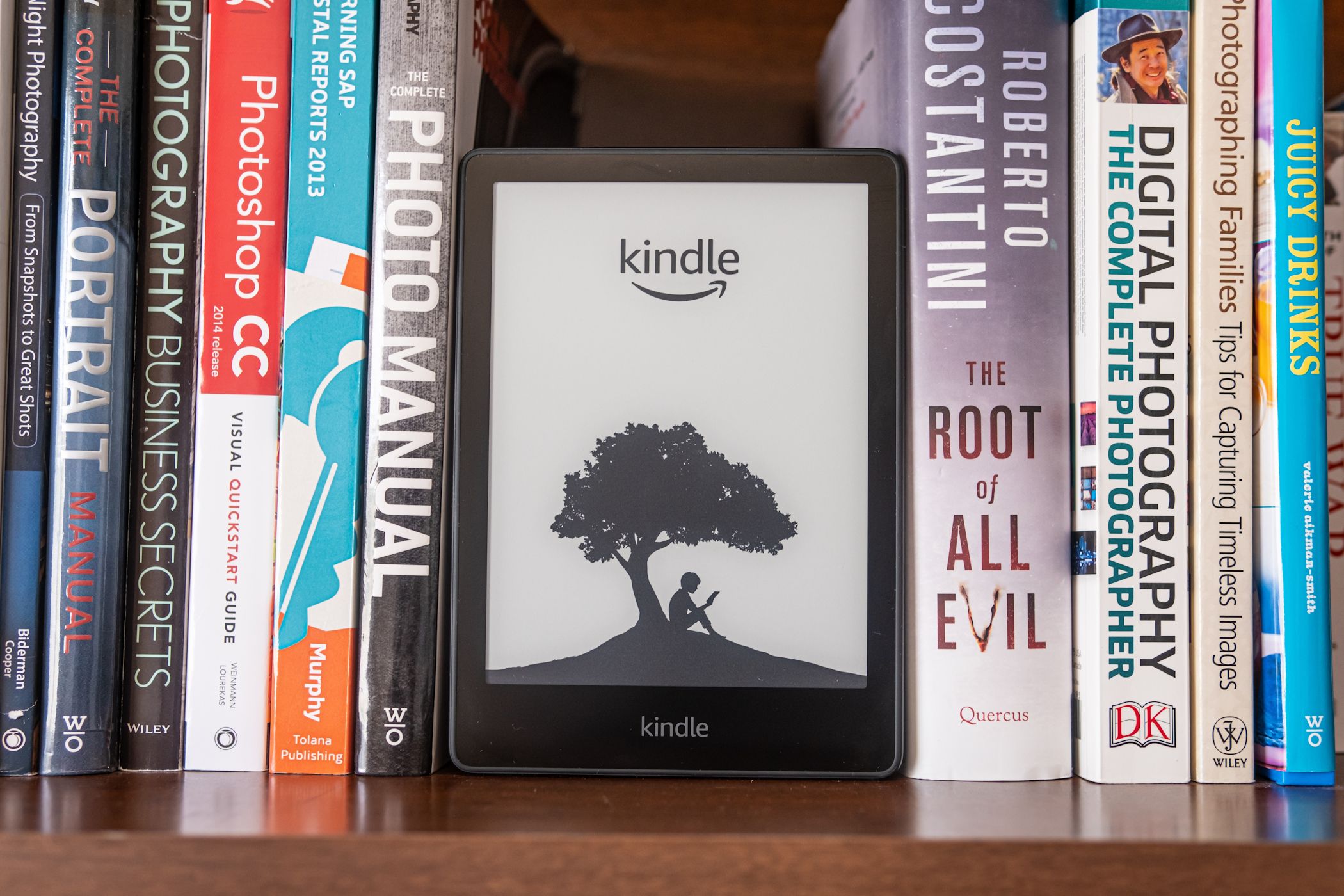If you’ve just taken out a new Perpexlity Pro subscription or are considering picking one up, there are a few small tweaks you should know about that will drastically improve your experience.
1
Test Each AI Model in Different Scenarios
While Perplexity’s AI model is enabled by default, you can choose from the latest GPT, Claude, and other options with a Perplexity Pro subscription. Since each one approaches your queries differently, you should see how each performs in different scenarios. For example, when comparing ChatGPT Plus and Perplexity, I think GPT is better at searching for general knowledge questions than Perplexity. On the other hand, Perplexity triumphs over deeper research.
Besides testing the different AI models for your searches, you should also switch between different image-generation tools depending on what you want to create. Understanding which AI art prompts to use will also lead to better results.
2
Give Specific Calls to Action
Perplexity is quite good at getting detailed results without much prompting, but I recommend using specific calls to action for more accurate results. Asking the software to give the same answer as a subject-matter expert would is an excellent approach, for example.
You can also approach Perplexity in more of a conversational tone. Below is one example of a prompt you could use:
I want you to play the role of a linguistics expert. Please give me a list of commonly-used differences between US and UK English that are easy to miss.
You should especially use specific calls-to-action if you’re using AI to help with schoolwork or other means of studying.
3
Ask Perplexity to Go Into More Depth With Its Reasoning
While Perplexity Pro gives an overview of sources used in its research, you can go deeper to better understand how these results were drawn. To do this, ask the software to “give comprehensive reasoning” at the end of your prompt.
When you give this prompt, you’ll see a list of reasons at the end of your search results. Each one will also have attached sources, so you can compare them to the section at the top of your results.
4
Give Clear Instructions When Analyzing Files and Documents
Not being specific is one of the biggest mistakes you can make with generative AI tools. I particularly recommend giving precise instructions for files and documents that you ask Perplexity to analyze.
You don’t need to do anything drastic here; just give the same kind of prompt that you would when asking for search results. For example, you could ask Perplexity for a summary of an in-depth research report you upload. If you need further context, you can give follow-on prompts or use some suggestions.
5
Cross-Reference Your Pro Searches With Other Search Engines
Although generally reliable, Perplexity Pro isn’t always accurate. You shouldn’t take everything it says as absolute gospel, especially if you’re performing comprehensive research on something where the stakes are higher (e.g., science).
To tackle any issues that may arise, I suggest cross-referencing your Perplexity search results with Google and other search engines. Enter the same prompts and search terms, along with similar ones that might impact your results.
6
Use Perplexity’s FAQs to Deepen Your Search
In my opinion, Perplexity’s FAQs and related searches are even better than Google’s. Using these will help you go into more detail on topics you’re researching and, as a result, achieve better-rounded results.
Perplexity gives you FAQs at the end of your searches, and you simply have to click on these to get your next set of answers. Do this as many times as you feel is necessary to find the information you’re looking for.
Perplexity Pro is an excellent research tool, and knowing how to get the most out of it will significantly enhance your experience with the software. Many of these are easy to implement; learn how to use one before moving on to the others.
